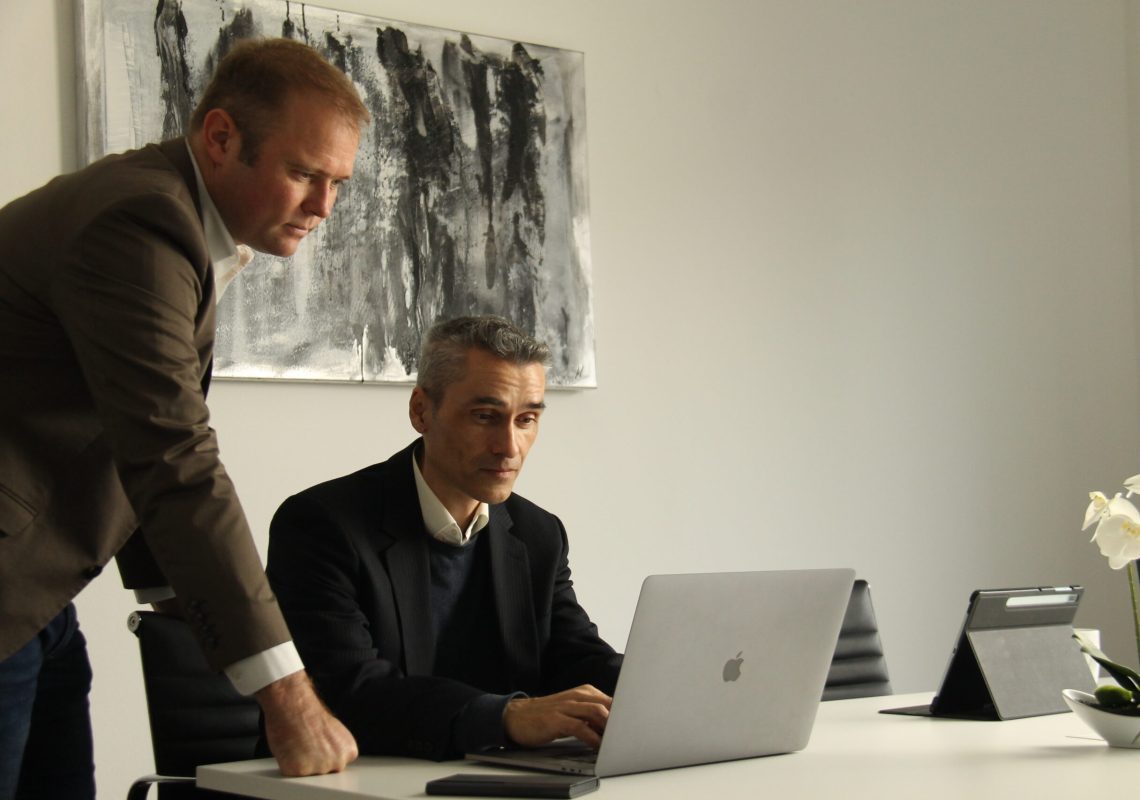From Concept to Conversion: Navigating the Software Development Lifecycle for Marketing Professionals
The intersection of software development and marketing is a critical juncture where innovative concepts are transformed into valuable digital products. For marketing professionals, understanding the software development lifecycle (SDLC) is essential to ensure that marketing strategies are effectively integrated and executed throughout the development process. This article provides an in-depth overview of the SDLC, emphasizing its relevance to marketing professionals, and offers strategies to navigate this complex terrain from concept to conversion.
Understanding the Software Development Lifecycle
The SDLC is a structured process used by developers to create high-quality software systems. It typically consists of several stages: planning, analysis, design, development, testing, deployment, and maintenance. Each phase is integral to the creation of software that not only meets technical specifications but also aligns with business goals and user expectations.
- Planning and Conceptualization
- Role of Marketing: In the initial phase, marketing professionals collaborate with developers to define the scope, objectives, and target audience of the software. This involves market research, competitor analysis, and user persona development. Marketing insights ensure that the software concept aligns with market needs and opportunities.
- Key Activities: Setting goals, defining project scope, feasibility studies, and resource allocation.
- Analysis and Requirements Gathering
- Role of Marketing: Marketers provide detailed input on customer requirements, desired features, and user experience (UX) expectations. This phase benefits from the marketing team’s understanding of customer pain points and preferences.
- Key Activities: Gathering requirements, defining functional specifications, and creating user stories.
- Design
- Role of Marketing: Marketing professionals collaborate with UX/UI designers to ensure the software interface is user-friendly and visually appealing. They advocate for design elements that enhance user engagement and align with brand identity.
- Key Activities: Creating wireframes, prototypes, and design specifications.
- Development
- Role of Marketing: Although this phase is primarily technical, ongoing communication between developers and marketers is crucial. Marketers can provide feedback on feature implementation and ensure that the development aligns with the marketing strategy.
- Key Activities: Coding, integrating systems, and regular progress reviews.
- Testing
- Role of Marketing: Marketing teams participate in user acceptance testing (UAT) to validate that the software meets user needs and business objectives. They help identify bugs and usability issues from a user perspective.
- Key Activities: Functional testing, performance testing, and UAT.
- Deployment
- Role of Marketing: Marketers develop and execute launch plans to ensure a successful rollout. This includes creating promotional content, coordinating with sales teams, and engaging with the media and customers.
- Key Activities: Release management, marketing campaigns, and launch events.
- Maintenance and Optimization
- Role of Marketing: Post-launch, marketing professionals monitor user feedback and software performance. They work with developers to implement updates, address issues, and optimize features to enhance user satisfaction and drive conversions.
- Key Activities: Continuous improvement, customer support, and performance analytics.
Strategies for Effective Collaboration
- Integrated Communication: Establish regular communication channels between marketing and development teams to ensure alignment and quick resolution of issues.
- Agile Methodology: Adopt agile practices to facilitate flexibility and iterative improvements based on marketing feedback and user data.
- Cross-Functional Teams: Form cross-functional teams with representatives from marketing, development, and design to foster collaboration and holistic problem-solving.
- User-Centric Approach: Keep the end-user at the forefront of all decisions to ensure the software delivers value and drives user engagement.
Conclusion
For marketing professionals, mastering the SDLC is not just about understanding a sequence of technical steps but about ensuring that the final product resonates with the target audience and achieves business goals. By actively participating in each phase of the SDLC, marketers can bridge the gap between concept and conversion, driving the success of software products in an increasingly digital marketplace.




